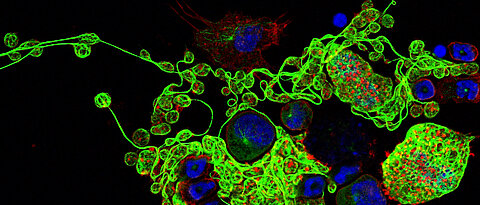Targeting platelets
05/24/2018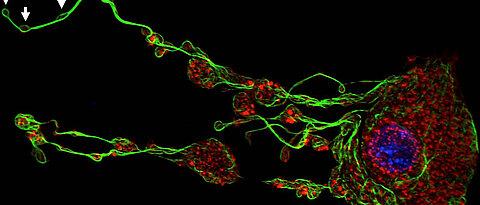
A new Collaborative Research Center will start in July with a total funding of nearly 14 million euros, headed by the German Institute for Experimental Biomedicine in Würzburg. The aim is to decode the complex and insufficiently understood functions of platelets, the so-called thrombocytes. The scientists hope to use these findings to gain new insights into platelet research which allow better treatment of conditions such as heart attack, stroke, acute lung failure and cancer.
more

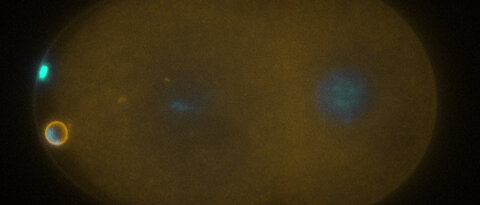
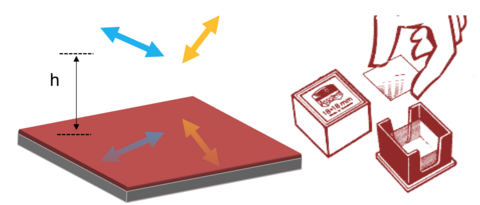
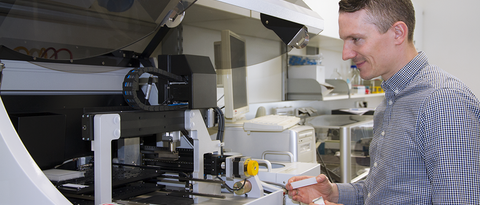
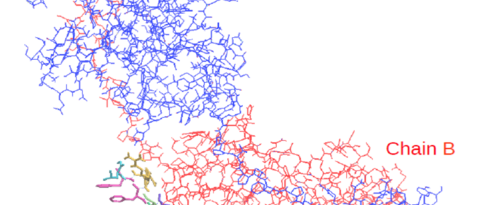
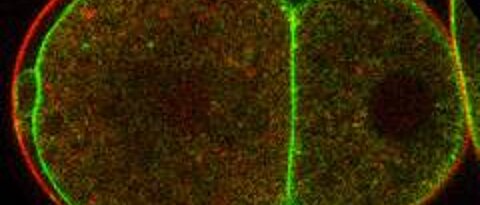
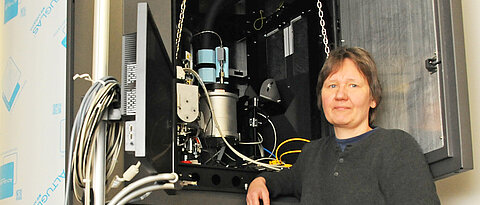
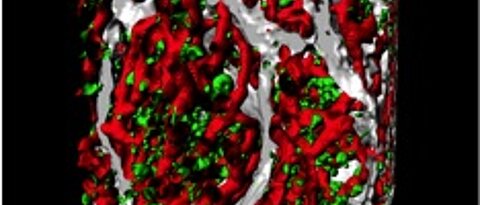
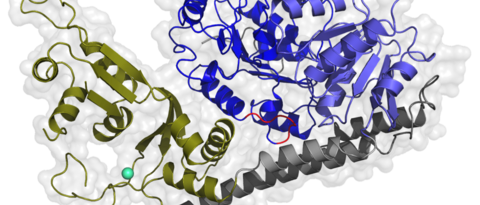
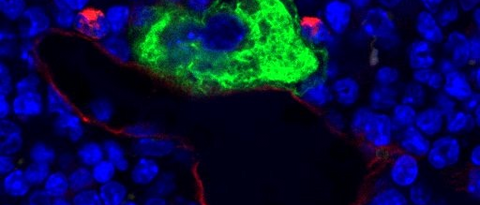

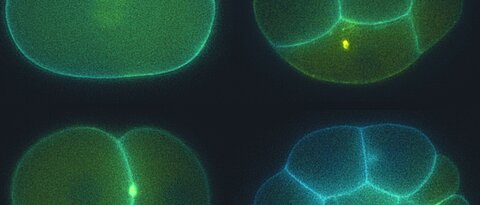
![[Translate to Englisch:] Das Bild zeigt eine metaphorische Darstellung des regulatorischen Mechanismus der Ubiquitin-Ligase HUWE1.](/fileadmin/_processed_/5/8/csm_Screen_Shot_2018-04-06_at_11.03.16_ab4408a82c.png)
